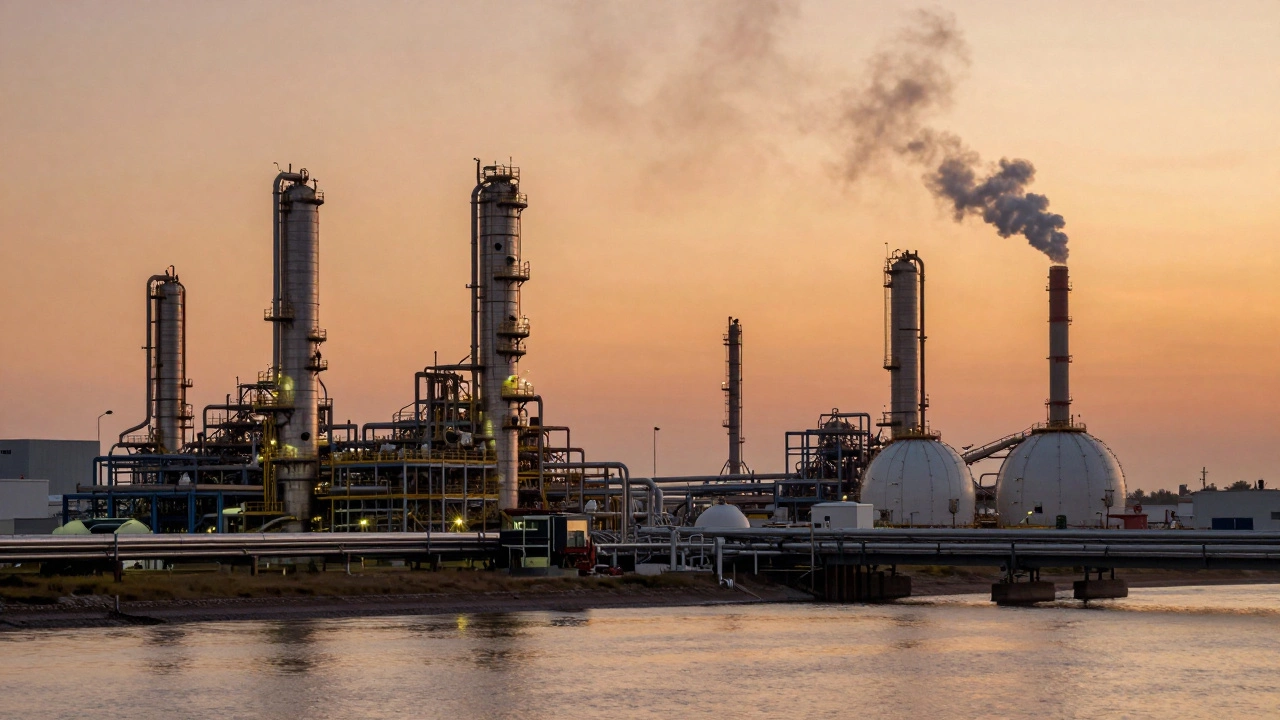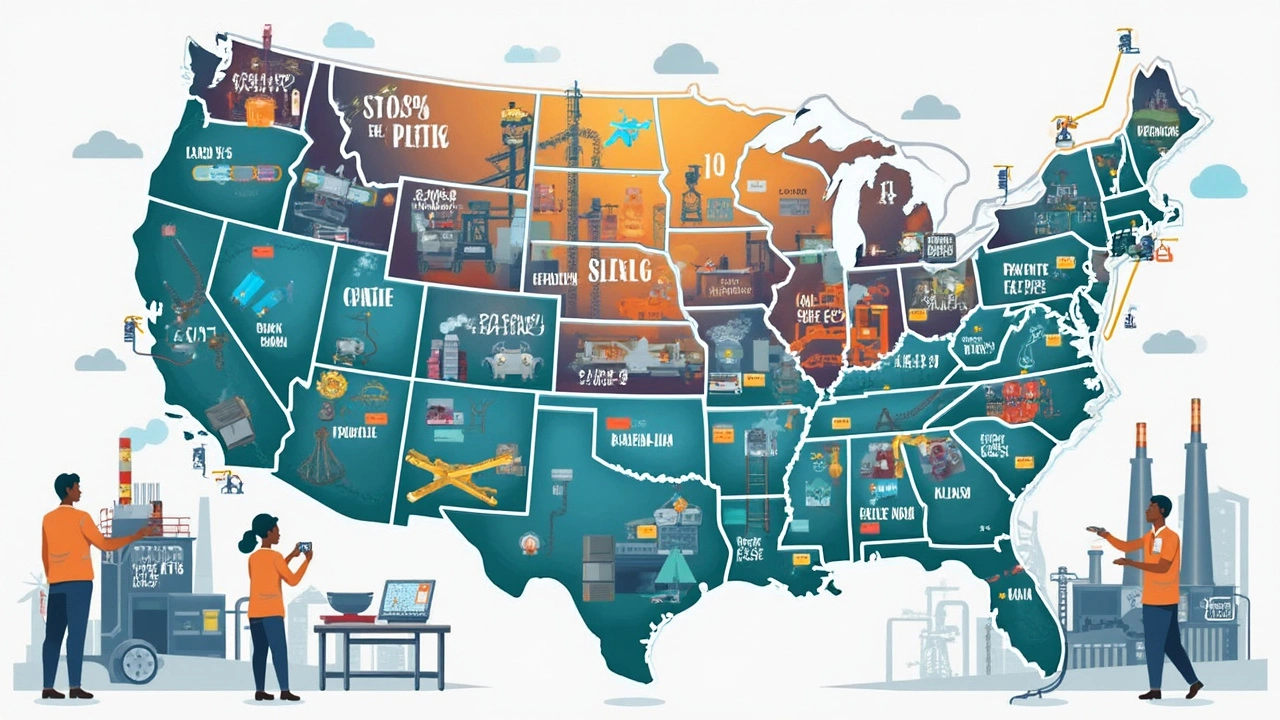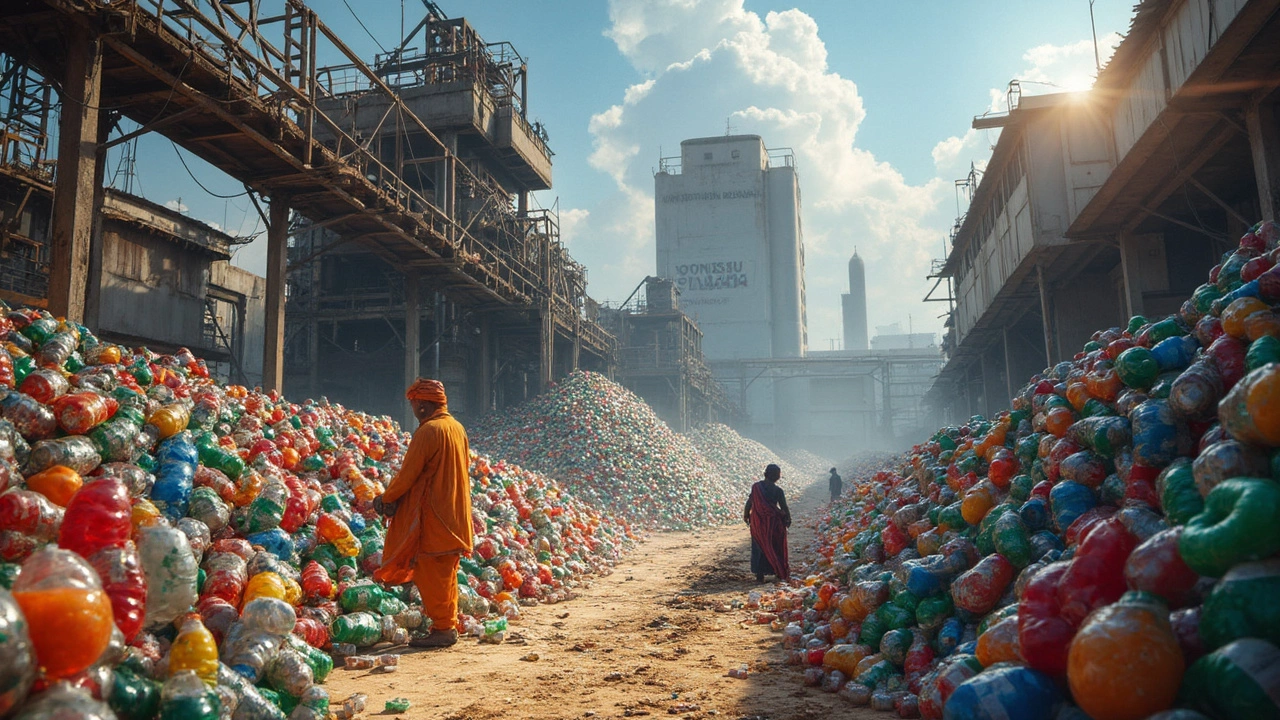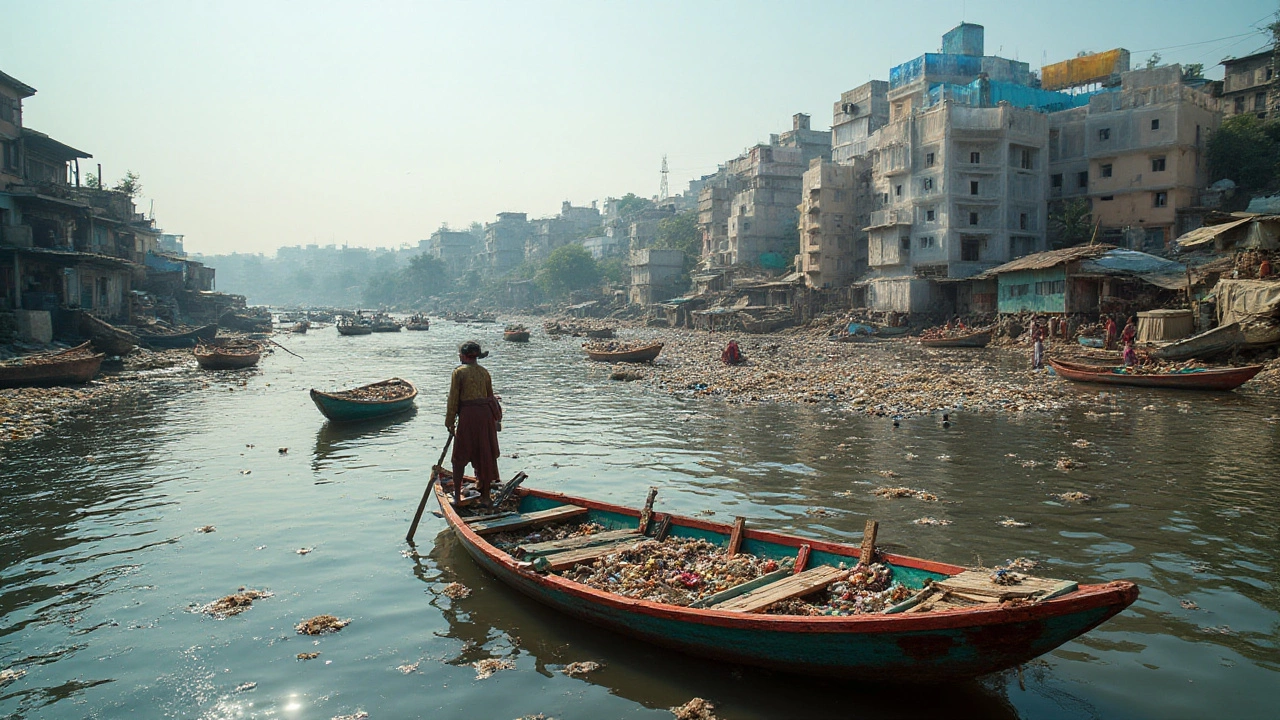Plastic Manufacturing in India: What You Need to Know
India’s plastic industry has turned into a massive engine of jobs, exports, and everyday products. From water bottles to car parts, plastic touches almost every part of our lives. Yet the sector faces a tricky mix of booming demand and rising pressure to clean up its act.
Key Drivers of Growth
First off, cheap petroleum feedstock keeps raw material costs low, which is a big reason factories sprout in places like Gujarat, Tamil Nadu, and Maharashtra. Add a growing middle class that craves affordable, lightweight goods, and you’ve got a recipe for steady expansion. The government’s Make in India push also throws incentives at manufacturers who set up plants locally, cutting import reliance.
Another boost comes from the rise of e‑commerce. Online shoppers need fast, cheap shipping, and plastic packaging fits the bill perfectly. This demand spikes production of bags, foams, and stretch films. Even the automotive sector leans on plastic for fuel‑efficient, lighter components, driving more specialized molding lines.
Tackling Plastic Waste
All that growth brings a dark side: mountains of discarded plastic. India ranks among the top contributors to ocean plastic pollution, a fact highlighted in recent studies on global waste. Communities near riverbanks see bags and bottles clogging waterways, and the visual impact is stark.
To address this, companies are investing in recycling tech. Mechanical recycling plants are popping up, turning mixed waste back into pellets for new products. Some firms are even experimenting with chemical recycling, breaking polymers down to their original monomers for higher‑quality reuse.
Regulators have stepped in, too. New rules limit single‑use plastics in many states and push for higher recycled content in packaging. These policies nudge manufacturers toward greener alternatives without killing the market.
On the consumer side, awareness is rising. Shoppers now look for symbols that indicate recyclable or biodegradable plastic, pressuring brands to adjust their material choices. Social media campaigns spotlighting ocean waste have turned the issue into a mainstream conversation.
What does this mean for a small‑scale producer? If you’re thinking of starting a plastic mold shop, consider a niche that uses recycled feedstock or bio‑based plastics. These segments are growing fast and often qualify for government subsidies.
Supply chain wise, securing a reliable source of recycled resin can be a challenge, but partnerships with local recyclers are becoming more common. This approach not only lowers material costs but also shortens the logistics loop.
In terms of technology, injection molding remains the workhorse, but trends show a shift toward automation and Industry 4.0. Sensors monitor temperature and pressure in real time, reducing scrap rates and improving quality. Small factories can adopt modular machines that fit tighter budgets while still gaining some digital benefits.
Finally, keep an eye on export opportunities. Countries with strict plastic bans look to import compliant, recycled‑content products. Positioning your brand as environmentally responsible can open doors to high‑margin overseas markets.
Bottom line: Plastic manufacturing in India is still a powerhouse, but success now hinges on balancing profit with planet. By embracing recycling, staying ahead of regulations, and targeting eco‑conscious buyers, manufacturers can ride the growth wave without getting stuck in waste.
Whether you’re a seasoned producer or a newcomer, the path forward is clear – innovate, recycle, and keep an eye on the bigger picture. The next big win for Indian plastic could be just a smarter, greener process away.

What State Manufactures the Most Plastic in the U.S.?
Texas produces nearly 30% of all plastic resin in the U.S., thanks to cheap natural gas and massive petrochemical plants. Learn why it leads the nation and how this affects the environment and communities nearby.

What Country Banned Single-Use Plastic? Top Nations Leading the Charge
Canada, Rwanda, and the EU have led the global ban on single-use plastics, forcing plastic manufacturers to innovate. Discover which countries banned plastic, what items are banned, and how the industry is adapting.

Where is Plastic Made in the US? Your Map to American Plastic Manufacturing
Ever wondered where all the plastic items you use every day actually come from? This article maps out the main hubs for plastic manufacturing in the US, shining a light on the states and cities that shape the plastic industry. You’ll learn what types of plastics get made where, discover some big-name companies behind your household goods, and pick up tips for connecting with local suppliers. Get ready to see the everyday plastic around you in a totally new way.

Which Company Produces the Most Plastic Bottles?
Plastic bottles are everywhere, but have you ever wondered which company is behind the bulk of this global production? This article dives into the giants of the plastic bottle industry. Learn about the scale of their production, the environmental impact, and what they are doing—or not doing—to manage plastic waste better. Get ready for some surprising insights and practical tips on how to reduce your plastic footprint.

Top Plastic Waste Producers and Their Environmental Impact
Plastic waste is a burgeoning global issue, with specific manufacturing companies contributing significantly to this problem. The environmental and ecological effects of plastic production and disposal are increasingly concerning. Understanding which companies are leading in plastic waste production can help in advocating for better practices and policies. This discussion delves into the major plastic producers and their responsibilities towards reducing waste.




